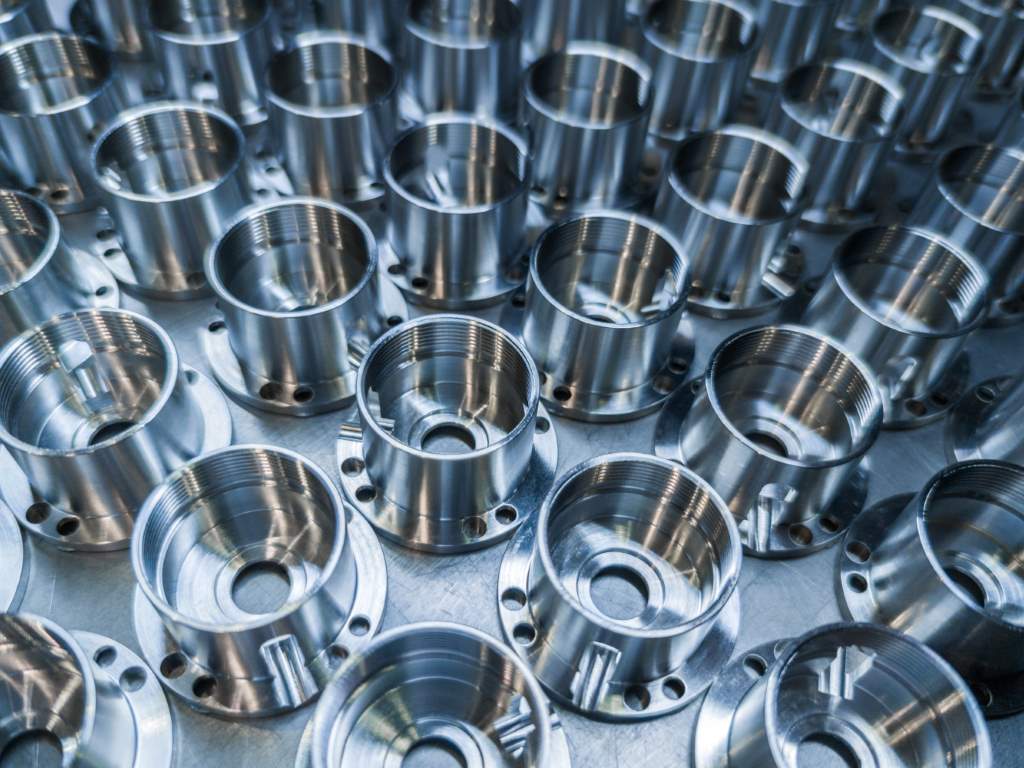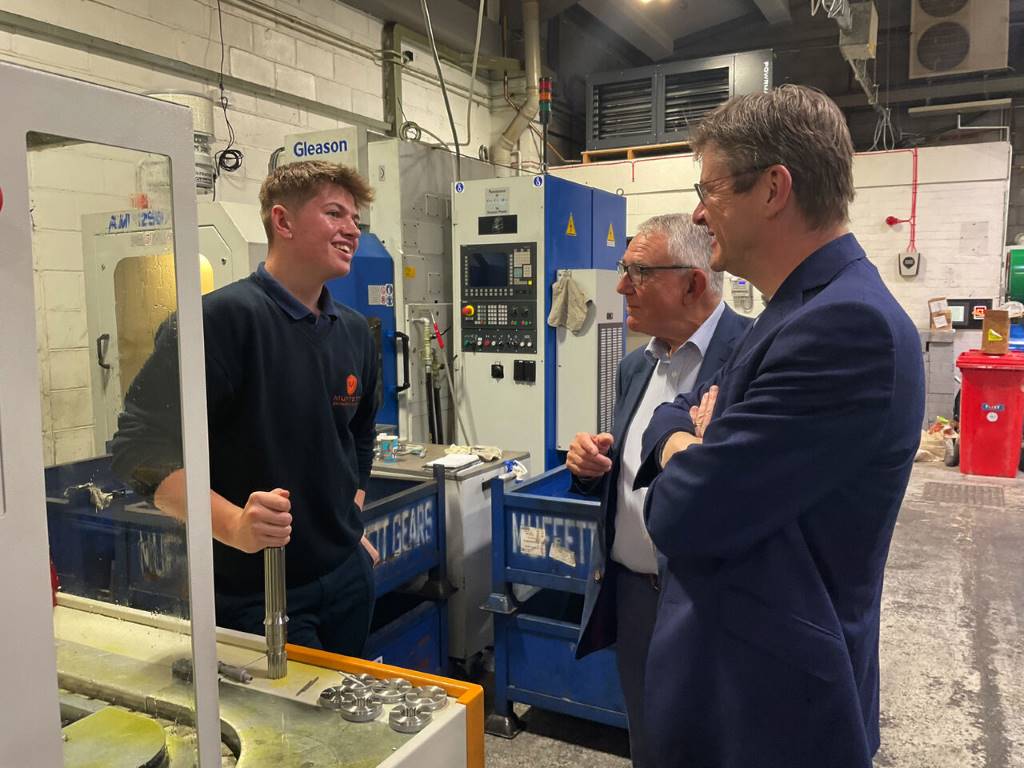Distinctly different
The NCMT stand at the Farnborough International Airshow this year will feature two distinct areas of manufacture ? milling of aircraft structural parts and grinding of engine components using the VIPER process.
The NCMT stand at the Farnborough International Airshow this year will feature two distinct areas of manufacture – milling of aircraft structural parts and grinding of engine components using the VIPER process.
The manufacturer of the machining centres for both of these applications is Makino, Japan, for which NCMT is sole UK agent.
Whereas the accent two years ago was on production of aluminium structurals, this year the company will introduce two new Makino machining centres – T4 and T2 – for the efficient production of titanium parts.
There are numerous requirements when designing a machine capable of overcoming the problems associated with processing titanium quickly and cost effectively, while still maintaining good surface quality and tool life. The principal requirements are: high feed forces and a rigid structure to counter those forces; good damping to resist vibration; a dynamically stiff, high torque spindle; high volume coolant delivery and efficient evacuation of swarf.
Makino claims that its T-Series machines deliver this performance, combining the roughing capacity of a 4-axis machine with 5-axis finishing capability, so only one machining centre is needed rather than two, reducing capital cost.
Working envelope of the T4 is 4,200mm x 2,000mm x 1,000mm and axis feed rates are up to 16m/minute, allowing the production of sizeable airframe parts such as bulkheads, edge frames and pylons.
The machine's HSK-A125, integral drive spindle is Makino's most powerful to date, providing 1,000Nm of continuous torque (1,500Nm peak), 150kW of power and a tool clamping force of 10 tonnes. The 2-axis spindle is of compact design, combining efficient spindle motor technology to deliver high torque over a wide speed range. Combined A-axis movement of ±110° and 360° continuous C-axis rotation allow good accessibility to the component being machined.
A high pressure, high flow coolant system delivers 200l/minute of water soluble coolant at high pressure (70 bar) through the spindle to the cutting zone, while an additional 200l/minute of coolant is delivered via an overhead shower plus a further 200l/minute through nozzles around the spindle. The high coolant volumes and pressures ensure the all important temperature reduction at the point of cutting, as well as efficient chip evacuation, underpinning accurate machining of large titanium parts over long periods.
Tests in Japan have demonstrated the T4's impressive metal removal rate. Using an 80mm diameter porcupine mill at 245rpm with 600Nm of torque, 500cm³ of Ti-6Al-4V was removed in one minute – reported to be five times faster than the industry average of 100cm³/minute. Most recently introduced for machining titanium is the more compact (7m by 9.8m footprint) Makino T2, which has half the travel in X of 2,000mm, the same in Y (2,000 mm) but a larger Z-axis travel of 1,600mm. The machine is available in two versions, one similar to the T4 with an identical A/C-axis spindle but with additional table indexing. The other version has a spindle with A-axis movement only with the table and 1.25m by 1.25m pallet performing the B-axis movement.
For producing engine parts, VIPER creep feed grinding is a major advance in production technology, capable of stock removal rates up to eight times those achievable when conventionally grinding nickel alloys using a plated CBN wheel. Broaching, milling and turning operations can also be eliminated using the VIPER superabrasive process. In all cases, consumable costs are reduced dramatically.
Latest development is the introduction of the Makino i-Grinder G5, a purpose-built, 5-axis machine designed specifically to exploit the technology to the full. It is 10% quicker at machining nickel alloy components than the modified Makino A55 machining centre that it supercedes.
Metal removal rate is of the order of 80cc/minute and the machine accepts parts nominally up to 300mm in diameter. The enhancement in grinding efficiency comes from a number of factors, including an increase in linear rapid traverse rate from 40m/minute to 48m/minute. Faster rotary workhead speed, which has more than doubled to 100rpm, is especially beneficial when grinding smaller components.
Probably the most critical improvement, however, is in the design of the programmable coolant nozzles. They are more versatile on the i-Grinder G5, as they may be positioned by two rotary NC axes anywhere through 360° around the periphery of the grinding wheel, rather than through just 180° as was the case with the A55.
To achieve this greater degree of freedom, power and coolant supplies are built-in, rather than being delivered through an umbilical cord. Nozzle positioning speed is faster and therefore more responsive when changing position to direct coolant accurately towards the point of cutting.
A big advantage of VIPER grinding on a horizontal machining centre is that in addition to abrasive wheels, other live and static tools such as milling cutters, drills, broaches or turning tools may be exchanged automatically between the tool magazine and the spindle, allowing additional machining operations to be carried out in the same cycle.
NCMT
www.ncmt.co.uk
Chalet C4-5










